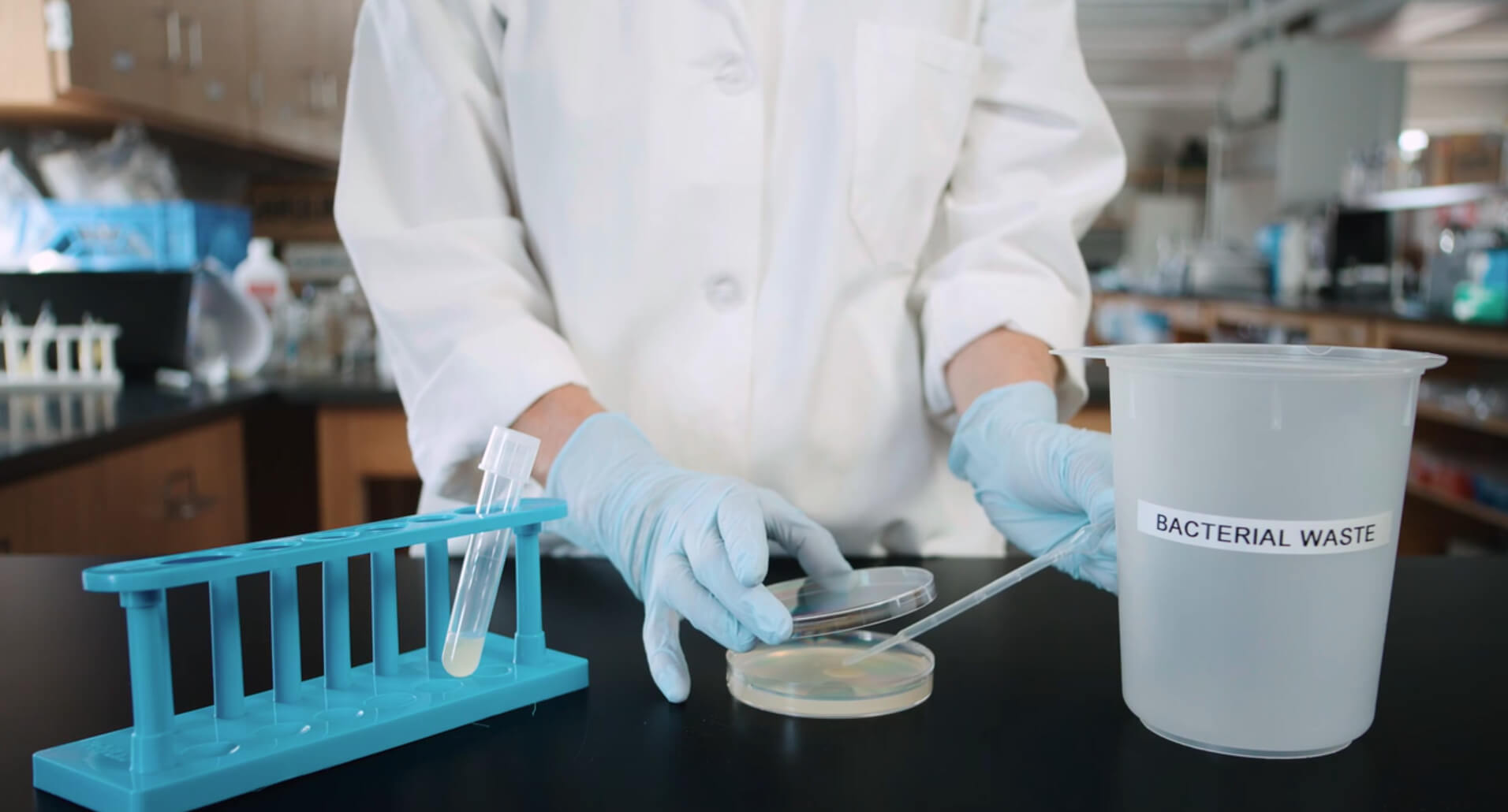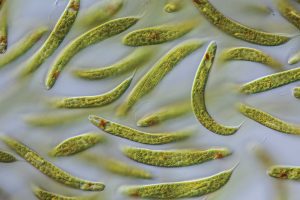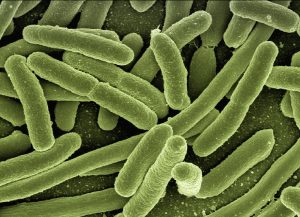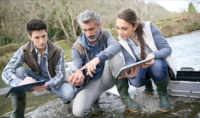Carolina LabSheets™
Overview
In this lab, students observe Euglena, a protist that combines some characteristics of animals with the plant-like ability to photosynthesize. Traditionally, Euglenas were classified under Domain Eukarya, Kingdom Protista, and Phylum Euglenozoa (sometimes Euglenophyta). However, it is widely recognized that Protista is not a natural grouping. Currently, Euglena is classified in the Kingdom Excavata. “Protist” is now used to denote eukaryotic organisms that are unicellular or are multicellular without tissues. Although Euglenaspecies commonly possess chloroplasts, their chloroplasts are bounded by three membranes rather than the two membranes that enclose the chloroplasts of plants. This and molecular evidence indicate that the chloroplasts of Euglena arose from a secondary endosymbiotic event in which a euglenoid engulfed a unicellular green alga.
Needed Materials
Optional Materials
A stained microscope slide (295666) will show more clearly the nucleus and other cellular structures.
Safety
Ensure that students understand and adhere to safe laboratory practices when performing any activity in the classroom or lab. Demonstrate the protocol for correctly using the instruments and materials necessary to complete the activities, and emphasize the importance of proper usage. Use personal protective equipment such as safety glasses or goggles, gloves, and aprons when appropriate. Model proper laboratory safety practices for your students and require them to adhere to all laboratory safety rules. Euglena is not parasitic or pathogenic. Even so, know and follow your district’s guidelines so you are prepared if a student should ingest a culture. Cultures remaining after the completion of the activities can be flushed down a sink with tap water. The chlorine and chloramines in most tap water will kill the Euglena. If your tap water is not chlorinated, pipet 1 mL of bleach (sodium hypochlorite) or isopropanol (rubbing alcohol) into the culture and wait 15 minutes before flushing down the sink.
Procedures
When you receive your Euglena culture, remove it from the shipping container. Loosen and remove the lid. Use the dropping pipet included with your order to aerate the culture. After aeration, replace the lid loosely on the jar but do not screw it down. Leave the culture undisturbed for 5 to 15 minutes, and then examine it with a dissecting scope (stereomicroscope) at 20 to 40x. Locate the areas where the euglenas are concentrated. Students should take their samples from these areas.
Set up a workstation where students collect their samples and create their slides.
- Euglena culture
- Protosolo®
- dropping pipet
- microscope slides
- coverslips
At each group’s station, place a microscope for viewing the slides.
Some students may have trouble finding a Euglena. If students squirt water back into the culture jar or use the pipet to stir the culture, this can disperse the euglenas and make them harder to find. If the student squeezes the pipet bulb while the tip is in the culture this can sweep any euglenas away from the pipet tip.
Failure to handle slides or coverslips by their edges can result in transfer of soap residue to the wet mount. Suspect this if you see euglenas that have stopped moving and are misshapen. Rupture of the cell (lysis) may occur. If this becomes a problem, demonstrate again the correct way to handle slides and coverslips. Student may have to rinse their hands under running water and dry with plain paper towels before continuing.
Due to the large number of chloroplasts in its cell, the organelles of Euglena can be difficult to observe. This is especially true of the contractile vacuole, nucleus, and eyespot. If students are unable to see these, they should either view stained slides or photomicrographs or illustrations of Euglena.
Optional:
Using books and the Internet students can report on what is known about the functions of the parts of the Euglena that they have observed.
Answer Key to Questions Asked on the Student Labsheet
Euglena species are protists that have both animal-like and plant-like characteristics. Based on your observations, list at least one characteristic that euglenas have in common with animals and one characteristic they have in common with plants.
Animal-like
movement
Plant-like
has chloroplasts
Sample drawing of a Euglena with parts labeled.
RELATED PRODUCTS
Microbiology Resources

Lab Skills: Aseptic Technique

Protists: Key to Algae Mixtures

Bacterial Growth on MacConkey Agar

Introduction to Protists: Euglena

Introduction to Prokaryotes: Cyanobacteria

Introduction to Prokaryotes: Bacteria

Introduction to Fungi

Introduction to Prokaryotes: Archaea






